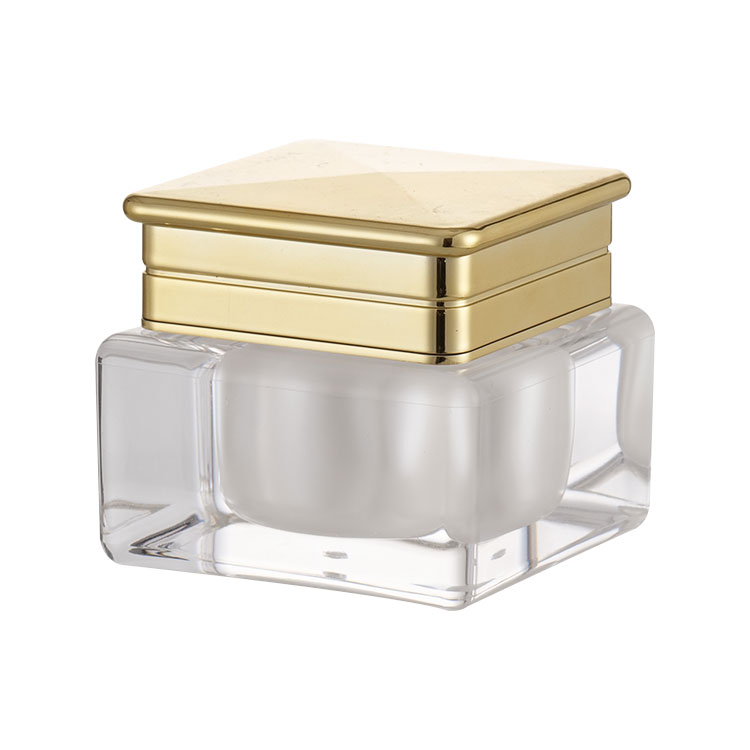How is an Acrylic Crystal Bottle Manufactured
2024-07-05
Acrylic Crystal Bottles are renowned for their elegant appearance and practical benefits. But how are these beautiful and durable containers made? In this blog, we’ll take you through the manufacturing process of Acrylic Crystal Bottles, highlighting each step involved in creating these versatile products.
Understanding Acrylic Crystal Bottles
Before diving into the manufacturing process, it’s essential to understand what an Acrylic Crystal Bottle is. These bottles are made from acrylic, a type of plastic known for its clarity and strength. They mimic the appearance of glass or crystal, offering an appealing alternative with added durability and lightness.
Step 1: Raw Material Preparation
The manufacturing process begins with the preparation of raw materials. Acrylic, also known as polymethyl methacrylate (PMMA), is a synthetic polymer derived from natural gas. The basic raw materials include:
- Monomers: These are small molecules that will be chemically bonded to form the acrylic polymer. The most common monomer used is methyl methacrylate.
- Additives: Various additives are mixed with the monomers to enhance the properties of the final product. These can include UV stabilizers, colorants, and impact modifiers.
Step 2: Polymerization
The next step is polymerization, where the monomers are chemically bonded to form long polymer chains, creating acrylic resin. This process involves:
- Initiation: A catalyst is added to the monomers to start the polymerization reaction.
- Propagation: The monomers react and link together, forming a polymer chain. This process continues until the desired molecular weight is achieved.
- Termination: The reaction is stopped by adding a terminating agent, resulting in the formation of solid acrylic resin.
Step 3: Molding
Once the acrylic resin is prepared, it’s time to shape it into bottles. This involves several steps:
- Heating: The acrylic resin is heated to a molten state, making it pliable and ready for molding.
- Injection Molding: The molten acrylic is injected into a pre-designed mold using high pressure. The mold is shaped like the final bottle design, ensuring precision and consistency.
- Cooling: After the acrylic fills the mold, it is rapidly cooled to solidify the shape. Cooling can be done using air or water, depending on the manufacturing setup.
Step 4: Demolding
Once the acrylic has cooled and solidified, the mold is opened, and the newly formed bottle is removed. This step is crucial to ensure the bottle retains its shape and clarity.
Step 5: Finishing
The demolded bottles undergo several finishing processes to enhance their appearance and functionality:
- Trimming: Excess material from the molding process, known as flash, is trimmed off to create smooth edges.
- Polishing: The bottles are polished to achieve a high-gloss finish, enhancing their crystal-like appearance.
- Surface Treatment: Additional treatments, such as anti-scratch or UV-resistant coatings, may be applied to improve durability.
Step 6: Quality Control
Quality control is a critical step to ensure each Acrylic Crystal Bottle meets the required standards:
- Inspection: Each bottle is inspected for defects such as bubbles, cracks, or color inconsistencies.
- Testing: The bottles may undergo various tests to assess their strength, clarity, and resistance to impact and chemicals.
Step 7: Customization
Many Acrylic Crystal Bottles are customized to meet specific client needs. Customization can include:
- Coloring: Adding dyes or pigments to create bottles in various colors.
- Labeling: Printing labels or logos directly onto the bottle surface.
- Shape Modification: Adjusting the mold design to create unique shapes and sizes.
Step 8: Packaging and Distribution
The final step is packaging and preparing the bottles for distribution:
- Packaging: The bottles are carefully packed to prevent damage during transportation. This can include individual wrapping, cushioning, and sturdy outer boxes.
- Distribution: The packaged bottles are then shipped to clients or retail outlets, ready to be filled with products and sold.
Conclusion
The manufacturing process of an Acrylic Crystal Bottle involves several meticulous steps, from raw material preparation to final packaging. Each stage is designed to ensure the bottles are not only visually appealing but also durable and functional. Understanding this process highlights the innovation and precision required to produce these versatile containers, making them a popular choice across various industries. Whether used for cosmetics, food and beverages, or decorative purposes, Acrylic Crystal Bottles offer a perfect blend of elegance and practicality.



